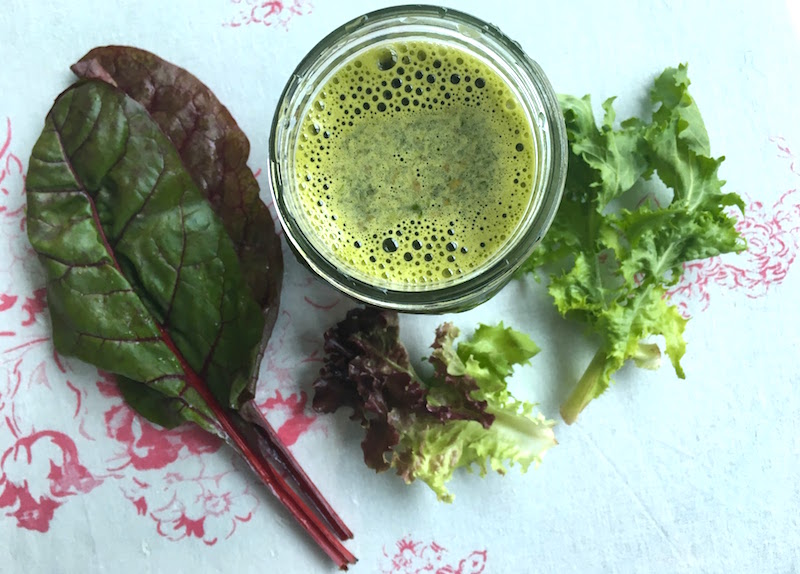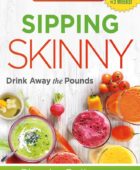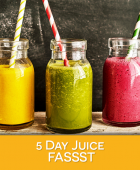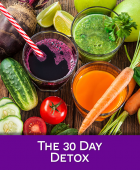Are you new to juicing?
Wondering where to start?
First, let me inspire you.
THERE IS NOTHING LKE FRESH JUICE ON THE FACE OF THE EARTH! It is made from raw plants, which means that it has a high vibration. It’s LIVE food that is broken down so well it can go right into your cells to energize and renew your body. It comes from the earth. The little roots from the plants pull in minerals from the soil and with the help of the son, convert them into organic elements your body needs for your health.
If you want to heal your body or simply keep your sparkling health, juice is your answer. There is NOTHING that compares with it, not even a green smoothie.
The Basics of Juicing
There are just a few things you’ll need to start juicing like a champ.
- Get a good juicer you’ll enjoy using. I love my Nama juicer. It’s a masticating juicer also known as cold-press. It’s easy to clean, extracts the most juice from the produce that I’ve seen, and is easy to clean. I’ve actually saved money on produce. I used to spend double for veggies. For example, I now use 1 bunch of celery for 2 glasses of juice rather than 2 bunches for 2 glasses (made with the centrifugal juicer.) It’s well made and doesn’t take up a lot of space on the counter. You can take 10% off with my code Juicelady.
TWO TYPES OF JUICERS
- Centrifugal juicer. Spins and bursts open the plant’s cells releasing the juice. Juice pours from one spout and the pulp is ejected into the pulp catcher. These juicers have a wide mouth so you don’t have to cut up most of the produce. Because of the fast spinning, more oxygen is introduced to the juice. This can destroy a few more nutrients. Most models are easy to clean.
- Masticating juicer or Cold Press juicer. Presses the produce and squeezes out the juice. Because of the pressing process, fewer nutrients are lost. The opening is smaller so you will need to cut produce into smaller pieces. Some models are easy to clean; some involve more work
Note: Some manufacturers call their blenders juicers. If a machine keeps all the produce in one container, it is a blender.
What is the best juicer? The one you’ll use every day.
Why juice? Why not just eat the fruits and vegetables?
First, you can juice far more produce than you would probably eat in a day. It takes a long time to chew raw veggies. Chewing is a very good thing. However, there’s only so much time you have for chewing up raw foods. Secondly, you can juice parts of the plant you would not normally eat, such as broccoli and asparagus stems, radish leaves, cucumber peels, and lemon seeds. I include things I never eat such as beet stems and leaves, celery leaves, the white pithy part of the lemon, and kale ribs.
Why juice is so powerfully healing and energizing.
it’s estimated that juice is at work in the system in about twenty to thirty minutes after drinking it. And when it comes to ailments, juice is therapy. When the body has to work hard to break down veggies, for example, it can spend a lot of energy on the digestive process. Juicing does the work for you. So when you drink a glass of fresh juice, all those life-giving nutrients can go to work right away to energize, heal, and repair your body.
What about the fiber that’s lost in juicing?
It’s true that we need to eat whole vegetables, fruit, sprouts, legumes, and whole grains for ber. We drink juice for the extra nutrients; it’s better than any vitamin pill. Fresh juice is one of the best vitamin/mineral cocktails you could drink. You may not need as many nutritional supplements when you juice, so that could save you a lot of money in the long run. Drink your juice as a smart addition to your high- ber diet that you will get from raw foods, legumes, sprouts, and vegetable dishes.
How long can you store fresh juice?
The sooner you drink juice after you make it, the more nutrients you will get. However, you can store juice and not lose too many nutrients by keeping it cold and covered, such as in an insulated container or in a covered jar in the refrigerator. If you fill the container up to the top and get rid of as much air as possible, you will have less oxidation. You can also freeze juice. Leave some room at the top so your container won’t burst when frozen.
Start with good recipes.
If you’re new to juicing, get some good recipes. Otherwise, you might ditch the whole thing because the juice does not taste good. I recommend these books to help you get started.
The Juice Lady’s Guide to Juicing for Health – Juicing for 50+ ailments and conditions










